This probably is the most complicated snowflake I've made and written to this point. That unnamed-as-far-as-I-know linked chains stitch seems to be making the rounds in crochet circles, so I had to try it on a snowflake.
(Here's a nice tutorial that results in a cowl.)
Yes, you could achieve close to the same visual effect as this technique by simply outlining a snowflake in a contrast color. But why take the easy path when you can take the challenging route and claim to have reached the Height of Excellence?!? (That was the theme for this year's Denver National Quilt Festival.)
Sunlight Spire is a distinctive tower just east of the main summit of 14er Sunlight Peak. Although most maps show the Spire as 13,995 feet in elevation, new measurements are continually being recorded, and accuracy may or may not be incorporated as technology continually changes. Any given source of information may or may not recognize any given measurement. One mountain climber asked why rope can't be used to measure the height of mountains, arguing that would be more accurate than electronic doodads.
Since 2002, Sunlight Spire has been recorded at an even 14,000 feet in elevation. Because its summit is the most difficult of Colorado's 14ers to reach, arguments have been made for Sunlight Spire to be included on the list of official 14ers. Its vertical prominence (the height of a mountain from the lowest point on the mountain) is nearly identical to that of Thunderbolt Peak in California, which is considered a sentimental 14er even though it does not have the required 300 feet of elevation gain above its lowest connecting saddle. The vertical 220-foot rise of Sunlight Spire puts it squarely in the category of not being a true 14er.
I've always believed if you climb a mountain with your feet, you've climbed a mountain, and the mathematic and scientific data doesn't matter. However, that gives way for those who've driven to the Mount Evans summit parking lot and walked up the last 134 feet to the true summit the bragging right to say they've climbed Mount Evans. To which I say: No, your car climbed the mountain!
Such argument could never be used in the pursuit of Sunlight Peak. No roads or railroads enter the Weminuche Wilderness or the Chicago Basin, where Sunlight Spire towers. Because of the sheer rock face on all sides of this tower, in my opinion, anyone who climbs it can count it. It's not a peak I plan to attempt, although I wouldn't mind taking pictures from a closer vantage point than I have been so far, which was from a couple miles or more away. I don't know that I could ever get up neighbor Sunlight Peak either, but if The Lizard ever takes me to the Chicago Basin, you can darn sure bet there will be more than a handful of pictures of all the nearby peaks! (As well as portraits of all the storied mountain goats supposedly roaming there!)
You may do whatever you'd like with snowflakes you make from this pattern, but you may not sell or republish the pattern. Thanks, and enjoy!
Finished Size: 8 inches from point to point
Materials: Size 10 crochet thread in 2 colors, size 8 crochet hook, empty pizza box, wax paper or plastic wrap, cellophane tape, water soluble school glue or desired stiffener, water, glitter, small container for glue/water mixture, paintbrush, stick pins that won't be used later for sewing, clear thread or fishing line
Sunlight Spire Snowflake Instructions
With main color, make magic ring.
Round 1: Ch 2 (counts as 1 dc), 4 dc in ring, take loop off hook, insert hook through 2nd ch of starting ch 2 and replace loop on hook, pull loop through ch (popcorn stitch made), * ch 8, sl st in 6th ch from hook, ch 2; 5 dc in ring, take loop off hook, insert hook through top loop of 1st dc and replace loop on hook, pull loop through top of 1st dc (popcorn stitch made); repeat from * 4 times; ch 2, 1 tr in top of starting popcorn to form 6th ch 5 sp of Round; ch 3, 1 tr in top of tr to form 6th ch 6 loop of Round. Pull magic circle tight.
Round 2: Ch 2 (counts as 1 dc), 1 dc over post of tr directly below, * ch 3, 3 dc in next ch 6 loop, ch 15, 1 dc in 5th ch from hook, [ch 3, sk next 3 ch, 1 dc in each of next 3 ch] 2 times, ch 2, 3 dc in same ch 6 loop; repeat from * around 5 times, omitting last 3 dc of final repeat; sl st in 2nd ch of starting ch 2; bind off. Weave in ends.
If you're not reading this pattern on Snowcatcher, you're not reading the designer's blog. Please go here to see the original.
Linked Chain Round: With contrast color, ch 300, 1 dc in 7th ch from hook, catching ch 3 joint space of snowflake in chain loop made as show below. You will slip stitch into the tip of the ch 6 space you just made when you finish this Round.
* Ch 3, pull chain UP through next ch 3 sp of flake as shown below, sk next 3 ch, 1 sc in each of next 3 ch.
Ch 3, pull chain UP through next ch 3 sp of flake as shown below, sk next ch 3, 1 hdc in each of next 3 ch.
Ch 3, pull chain UP through next ch 3 sp of flake as shown below, sk next ch 3, 1 dc in each of next 3 ch.
Ch 3, pull up chain loop through next ch 4 tip of flake as shown below. (Don't pull chain all the way through!) Sk next ch 3, 1 dc in each of next 3 ch, ch 3, 1 dc in 3rd ch from hook (dc picot made), ch 5, 1 sc in 5th ch from hook, ch 5, sl st in sc, ch 4, sl st in sc (tri-picot made), ch 3, 1 dc in 3rd ch from hook (dc picot made).
1 dc in each of next 3 ch of long ch as shown below.
Ch 3, sk next 3 ch, 1 dc in each of next 3 ch, pull chain DOWN through next ch 3 sp of flake as shown below.
Ch 3, sk next 3 ch, 1 hdc in each of next 3 ch, pull chain DOWN through next ch 3 sp of flake as shown below.
Ch 3, sk next 3 ch, 1 sc in each of next 3 ch, pull chain DOWN through next ch 3 sp of flake as shown below. Ch 3, pull up chain loop up through next ch 3 joint as shown below. (Don't pull chain all the way through!). Sk next 3 ch, 1 dc in next ch.
Repeat from * around 5 times, omitting last ch 3 and last dc of final repeat; pull starting tail down through next ch 3 sp and through tip of starting ch and sl st in tip of starting Linked Chain Round without going through ch 3 sp as shown below; bind off. Weave in ends.
NOTE: If you miscounted your chain or miscounted ch 3 spaces as you went along and have too many chains left at the end, that's okay. You may cut off the extras after binding off. If you are short 3 chains and don't have enough for the final 3 sc, you may ch 3 where the last 3 sc are supposed to be and then sl st into starting Linked Chain Round, then remove hook from work, bring loop up through ch 3 sp before starting dc, 1 sc into each ch of make-up ch 3 just worked and sl st into ch tail to bind off. If you are short more than 3 chains, work necessary number of chains before sl st into starting Linked Chain and work backwards into make-up chain with necessary number of stitches and chains, weaving through ch 3 spaces as you go, then sl st into ch tail when you reach it. Sounds complicated, but it works out fine. Just work the existing pattern backwards until you reach the end of your chain.
Finish: Tape wax paper or plastic wrap to top of empty pizza box. Pin snowflake to box on top of wax paper or plastic wrap.
If using glue, mix a few drops of water with a teaspoon of glue in small washable container. Paint snowflake with glue mixture or desired stiffener. Sprinkle lightly with glitter. Wash paintbrush and container thoroughly. Allow snowflake to dry at least 24 hours. Remove pins. Gently peel snowflake from wax paper or plastic wrap. Attach 10-inch clear thread to one spoke, weaving in end. Wrap fishing line around tree branch (or tape to ceiling or any overhead surface) and watch the snowflake twirl freely whenever you walk by! Snowflake also may be taped to window or tied to doorknob or cabinet handle.

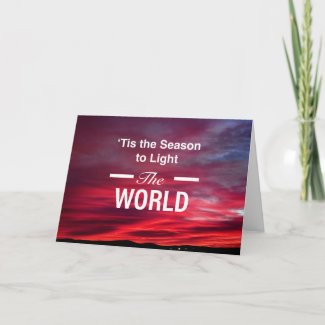

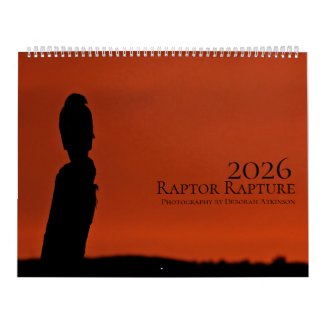





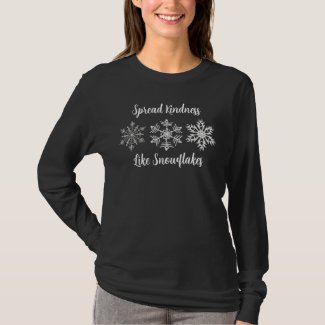
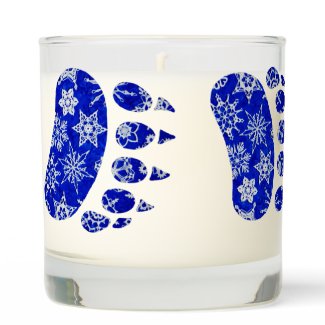


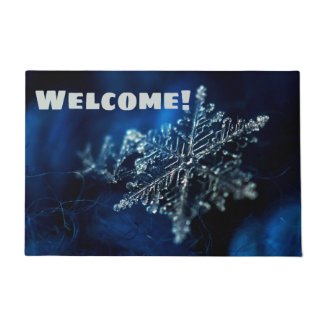
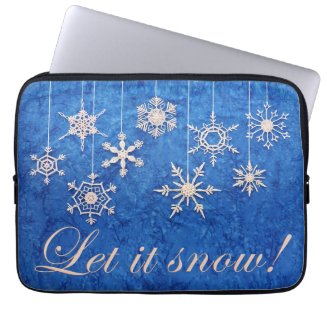
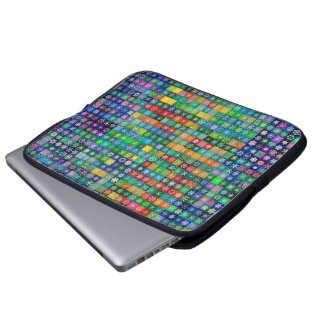
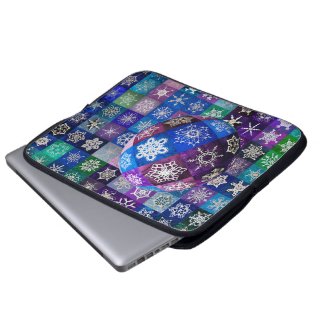















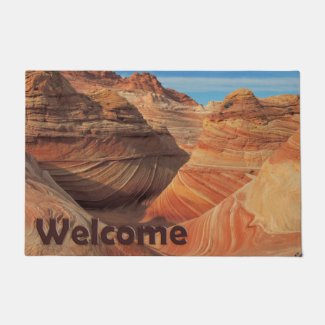
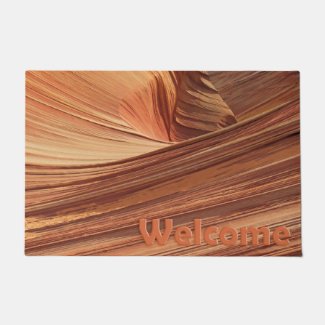

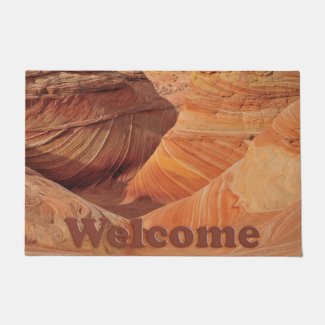
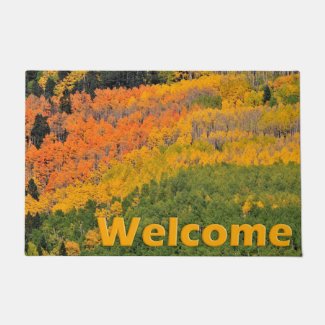
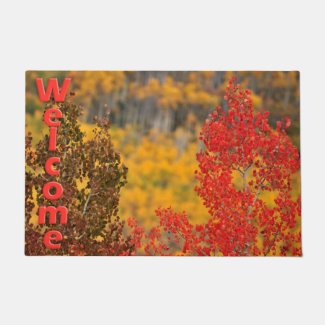
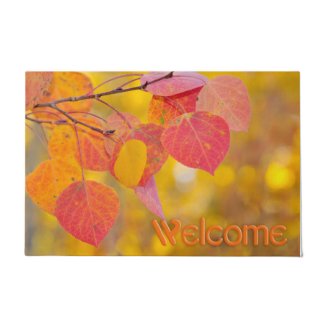
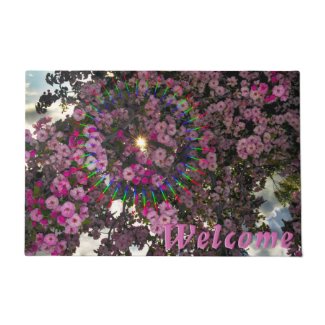
Sounds like a tough one indeed or a more elaborate one, I think I'll hold off on climbing such a mountain too lol
ReplyDeleteGlad I talked you out of that one, Pat! I really can't see you hauling your cat up there! :)
DeleteI noticed the linked chains as soon as I looked at the photo - though I have never heard of the technique. Very interesting, and I really liked some of the samples on your Pinterest page. You can get a similar effect without weaving anything (though it will not be as free-sliding), by removing your hook from the working loop, inserting hook through space, pulling working loop through, then chaining 1 to "catch" the strand you're linking to.
ReplyDeleteA really cool flake, and that looks like one tough climb! :)
Leave it to you, Sue, to find a better way to describe or do the impossible!!! :) This will be a fun one to play with a bit more after cycling season.
DeleteHi Deborah, I love reading your blog. I learned to crochet because of seeing your inspiring snowflakes and wanting to make snowflakes for our own windows for the winter. It took me quite a while to understand those "huge" and "lengthy" rounds, kind of like a sentence without a comma or period. Then I came upon this one. And it looked so easy. And then you had said it was the most complicated. And then I made it and it was easy. It was easy because you changed colors so I could easily see what the pattern was supposed to look like, it wasn't all white and melded together. I do best with written instructions BUT with the added benefit of seeing exactly what it is supposed to look like (showing rounds as different colors) it made it easier than most other patterns. I thank you for sharing your love of crochet on the internet because it inspires so many of us... Here is a link to my first "board" of starflakes! https://www.flickr.com/photos/carsforfun/14203403697/
ReplyDeleteJudy, I have to say, you made my whole week! THANK YOU!!! This is one of the best comments I've had in a while, and I will give some thought to doing future patterns in alternating row colors to assist with stitch definition. (Just when The Lizard thought I was going back to white snowflakes! He's been begging and prodding...)
Delete